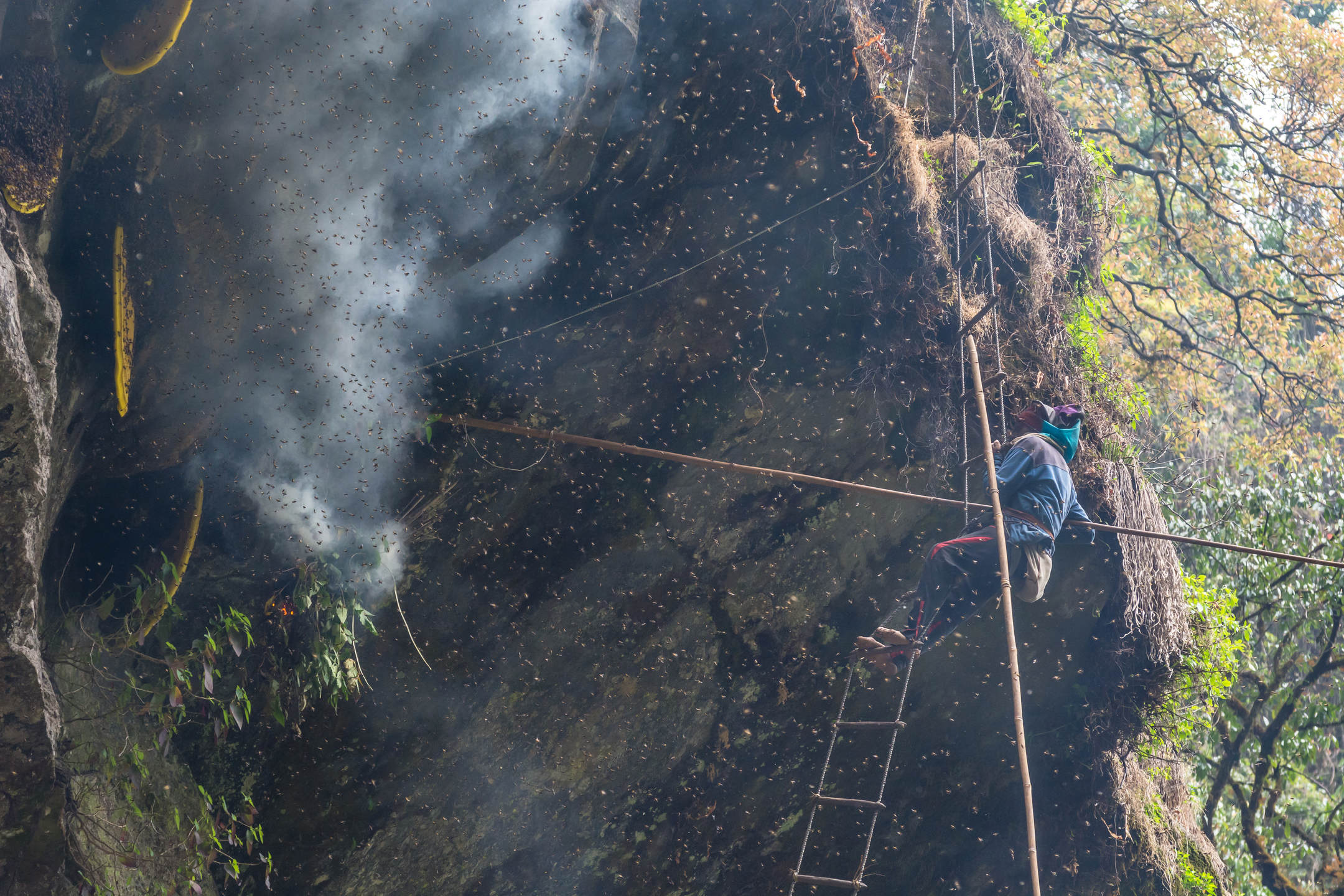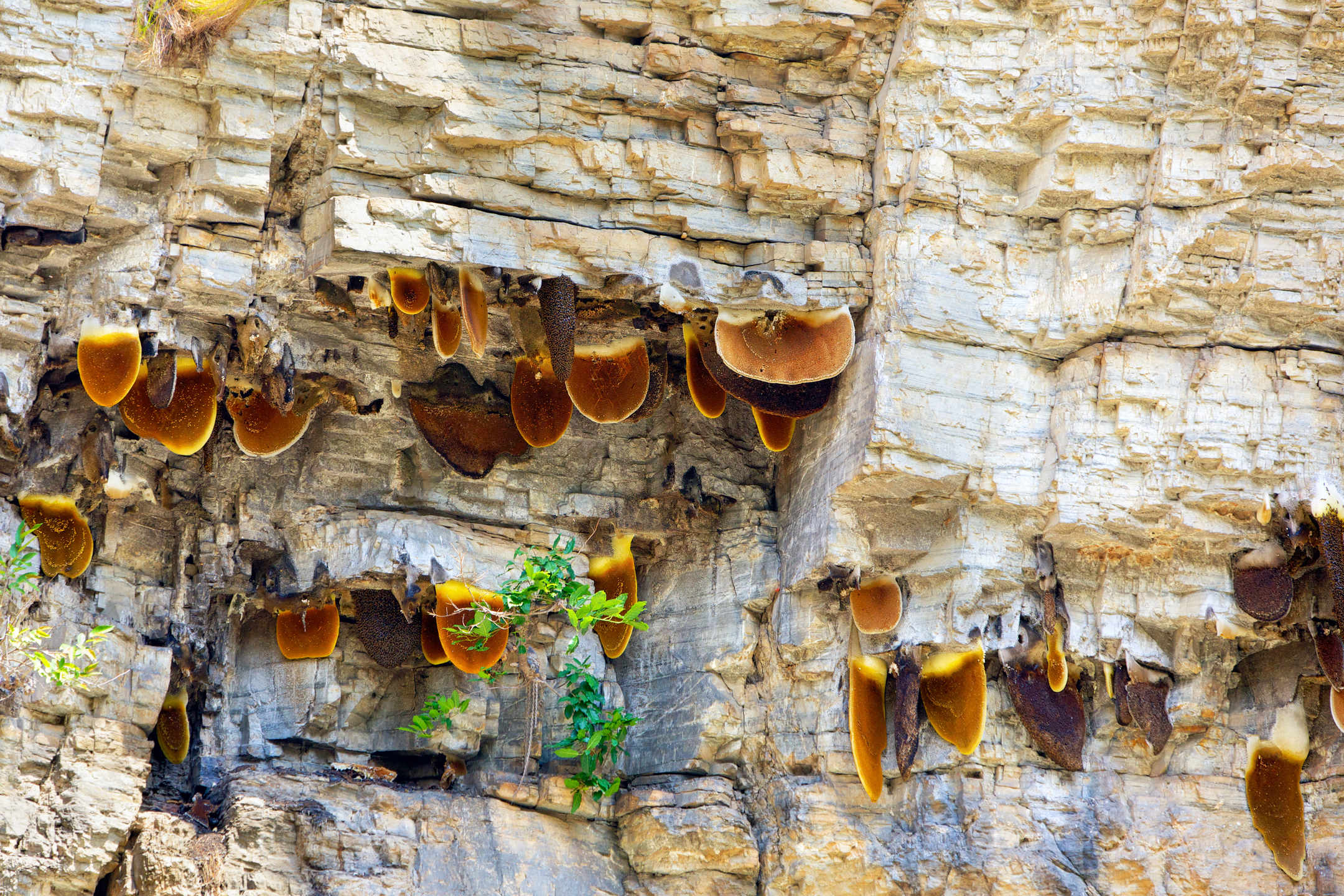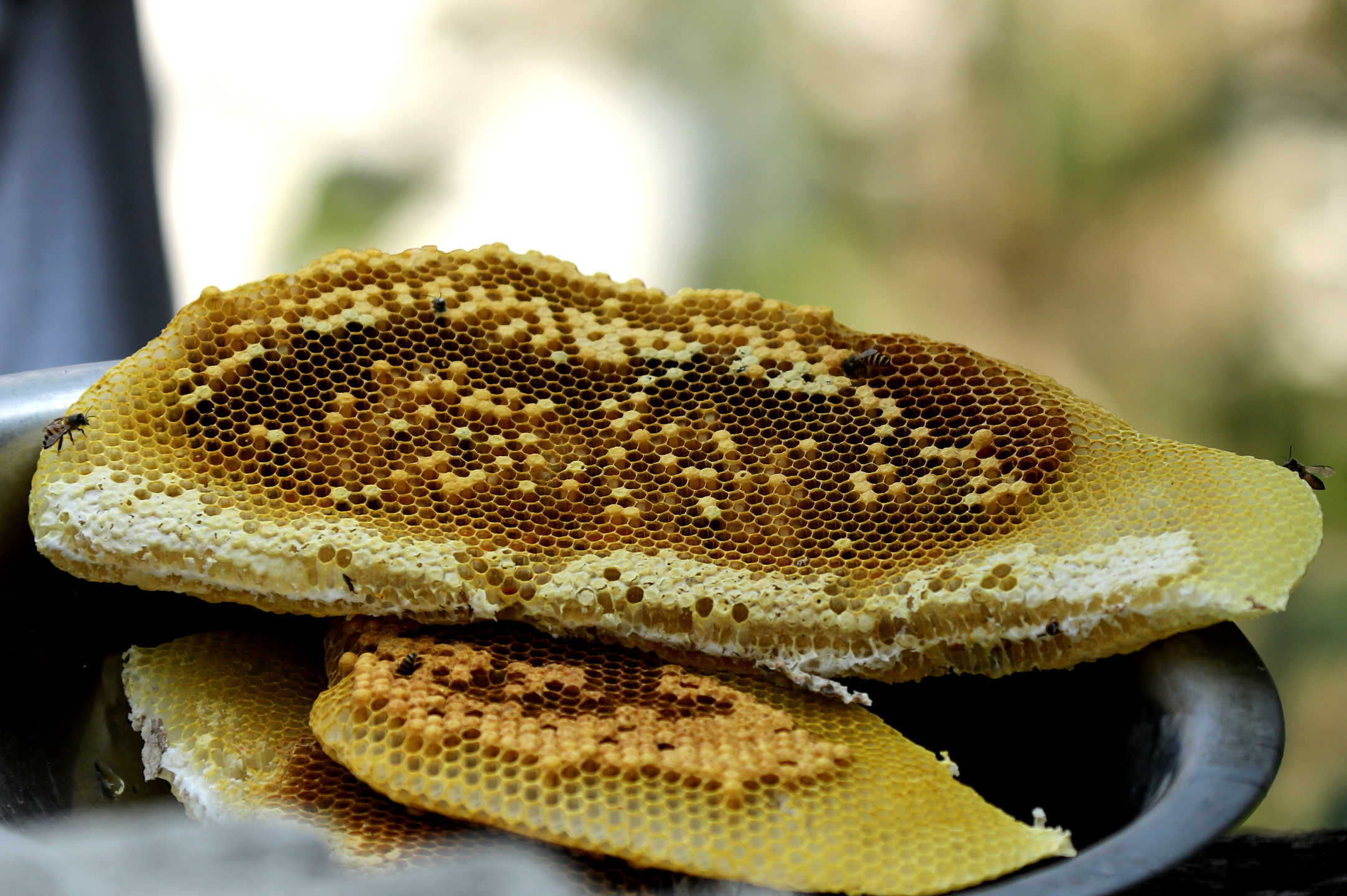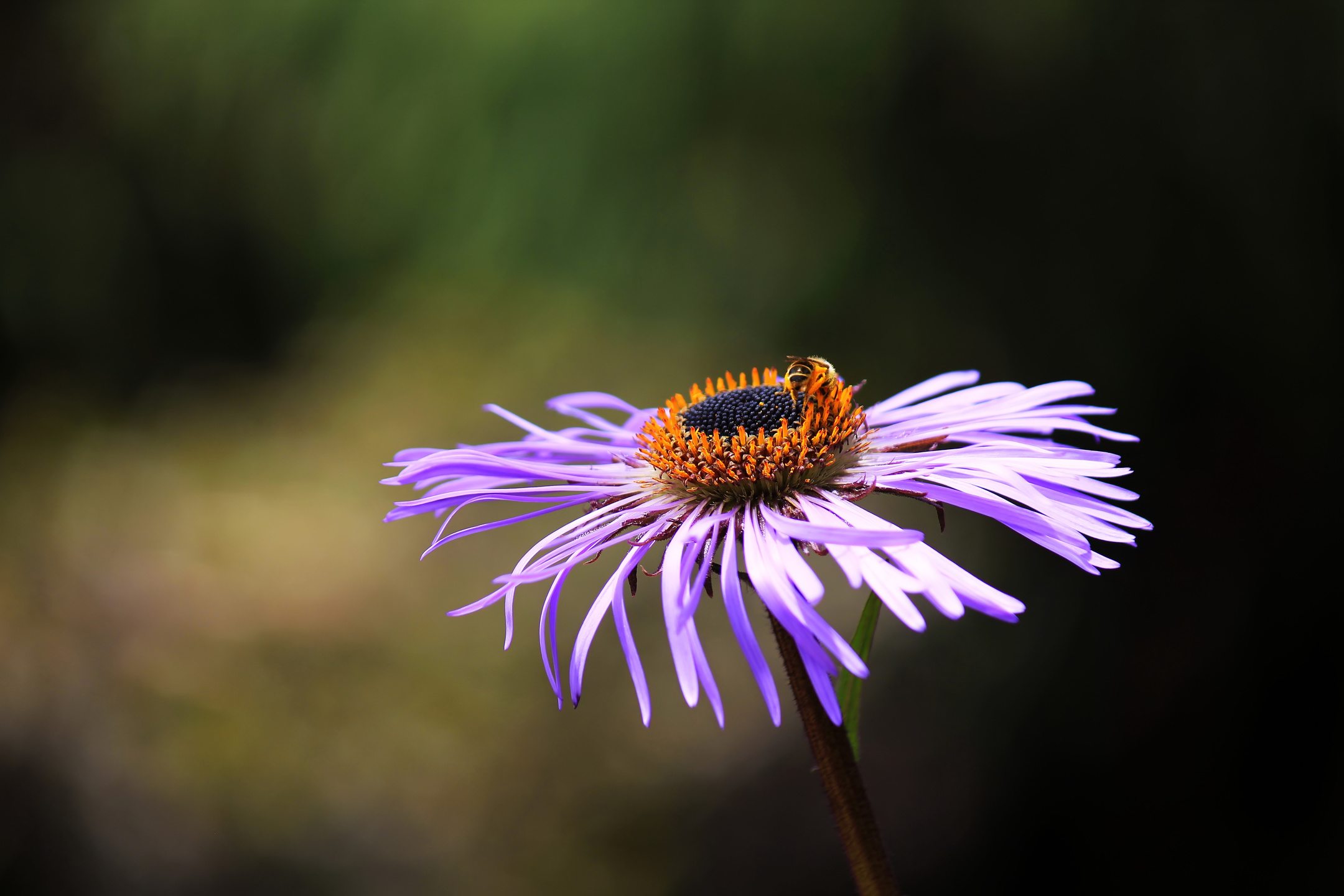Wild honey from Himalaya’s giant bees, has been harvest by Gurungs, a local tribe in Nepal, for over a century.
Install MyStart Theme for Google Chrome
Apis Laboriosa is the world’s largest honey bee and is known as “Bheer-Mauri” in Nepali, translating to “Cliff bee.”
Its hives are located at the cliffs of the Himalayas foothills. Apis Laboriosa is crucial for pollinating crops and wild flora in the mountains. People from the Gurung tribe place great value in this traditional practice of harvesting honey. This age-old practice is most commonly referred to as honey hunting.

People all across the world cherish the honey made by Apis Laoriosa bees. It is called “mad honey” because of its psychedelic effects. When taken in small doses, the effects are pleasant and give you a “good high.” Honey has been considered a treasure by ‘honey hunters” for a long time.
Adherents of Hinduism consider honey one of the five heavenly foods. Combined with yogurt, ghee, cow milk, and molasses, honey is offered while worshipping Gods. Wild honey is used for its medicinal qualities by the people of Nepal. They add a teaspoon of honey to their tea in the morning. The locals warn against consuming more than three teaspoons of the wild honey. Consuming more than the recommended dose of the wild honey leads to vomiting, diarrhea, defecation, seizures, and, in some cases, death.
Apis Laboriosa bees of Nepal build their nests differently from other bees. Their combs are enormous and hang from the mountain cliffs. They contain approximately 40 kilograms of honey and are up to two meters large. In many parts of Nepal, the bees are also found in hollow tree trunks. Some villagers also have wall hives. A cavity is formed into the house’s wall with a window indoors and an opening outside the bees. This makes it easy to harvest honey. The bees in the wall hives are much smaller than the Giant bees and are of a different species.

How Do the Gurungs Harvest Wild Honey?
Each year, members of the ethnic group Gurung climbed up the cliffs of the Himalayan Mountains to hunt wild honey. They do so, using no modern equipment or protective gear. It is considered a tradition that has been passed down from generations. The only members who are allowed to harvest wild honey are fit, able, and know the techniques. Wild honey hunting is a practice deemed for the brave soul of the Gurung tribe. Although, this brave traditional practice hasn’t come unscathed. Many great hunters have lost their lives on the quest.
The Gurung hunters use nothing more than long sticks called tangos and a handmade rope ladder. Most wild honey hives are situated on steep hills inaccessible to predators and exposed to direct sunlight.
The honey hunters work in a team of dozen men. The rope is thrown over the cliff at the location of the hive. At the bottom, one man burns leaves and branches to create smoke while a honey hunter clings to the rope ladder. The hunt requires silence, concentration, precision, and pressure. The thick smoke engulfs the nest and the area around the hunter. This action disperses the bees. For a little while, the hunter is the least of their concern. Fear of fire makes them distracted.
The hunter takes this opportunity to fiercely joust nest with one hand and hold the basket underneath it with another. He tilts his face in the opposite direction, so he doesn’t get stung. As soon as the honeycomb falls into the basket, one of the men lowers it down to the base of the cliff.
The honey hunter descends the ladder, although not without bee stings and several blisters and bruises. The villagers divide the honey among themselves, and the remaining quantity is sold in the city.

“Wild” or “Mad” Honey
Giant Himalayan bees take their nectar from rhododendron during the spring season. At this time of the year, the honey is hallucinogenic and intoxicating. When consumed in large amounts, it can be poisonous. Jangi Kulung, a local honey trader, told Mark Synnott (American Rock Climber and Author), “First, you’ll probably feel the need to purge, after the purge you alternate between light and dark. You can see, and then you can’t see. A sound jam jam jam pulses in your head, like the beehive. You can’t move, but you’re still completely lucid. The paralysis lasts for a day or so.”
Due to many leaving the villages to study or work in the city, the elders fear the cultural practice of harvesting wild honey might disappear in the years to come.

Install MyStart Theme for Google Chrome









